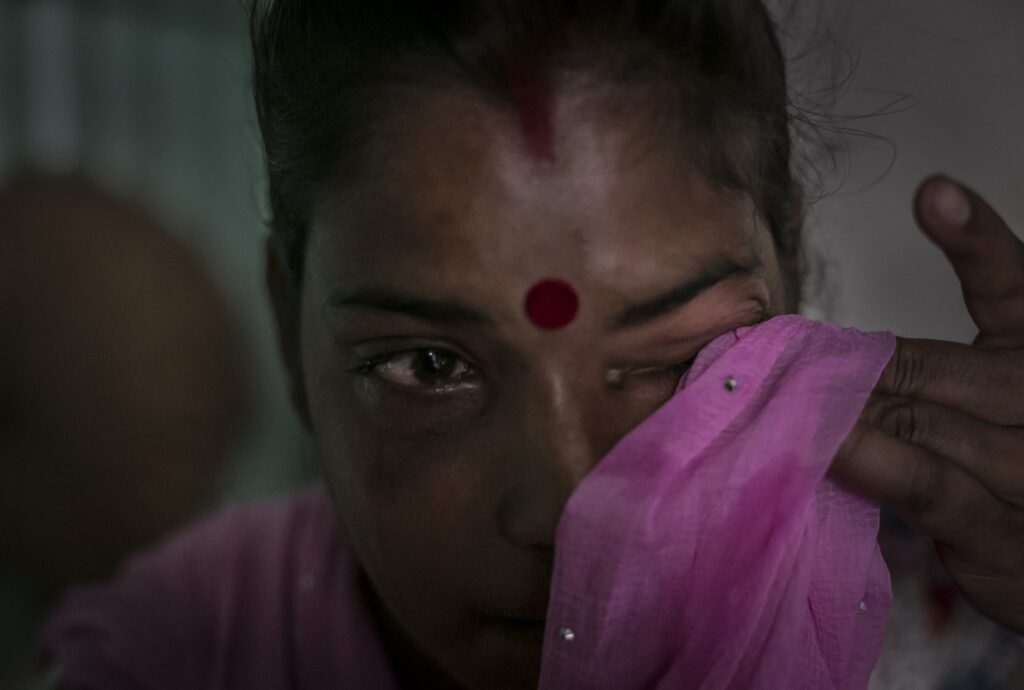
While the world lurches from one crisis to another with war, inflation and natural disasters, trafficked and sexually exploited girls are in a constant state of emergency. Governments are focusing on other priorities, however, leaving traffickers to move around freely.
The sexual exploitation of children is a gross violation of Article 34 of the UN Convention on the Rights of the Child. This has been signed by virtually every state in the world. The same is true of the Optional Protocol on the Sale of Children, Child Prostitution and Child Pornography.
Despite these commitments, child sexual exploitation is a major problem that takes place all around the world. This is partly due the lack of a central child sexual exploitation database and the different terminologies and definitions used in legislation and case law. What’s more, survivors are ashamed to talk about their experiences and are afraid of repercussions. The criminals have also become adept at operating under the radar, making it a relatively invisible crime.
What do we know?
It is estimated that 2 million children, the majority of them girls, are sexually exploited every year. Before the minor is released or manages to escape, it is estimated that the sexual exploitation lasts an average of two years and that traffickers make $100,000 from each child. Most of the victims are lower-class girls with little education, who grow up below the poverty line.
Why does the problem persist?
Impunity. As long as this problem is surrounded by impunity and ignorance, the system will be maintained. Despite the injustice done to survivors of sexual exploitation, traffickers and exploiters are rarely held accountable for their actions. The gap between the number of victims and the number of convictions is massive. Drawing on many reports and statistics, we’ve calculated that less than 1% of the perpetrators who sexually exploit minors are convicted. There are several reasons for this. Many survivors do not report crimes for shame or fear of reprisals, or don’t know how. And even if they do, this does not automatically lead to a trial, let alone a conviction. The system is hampered by a lack of legislation and policy on child sexual exploitation, a lack of knowledge about the problem and how to tackle it, corruption, a lack of resources and/or low prioritization.
